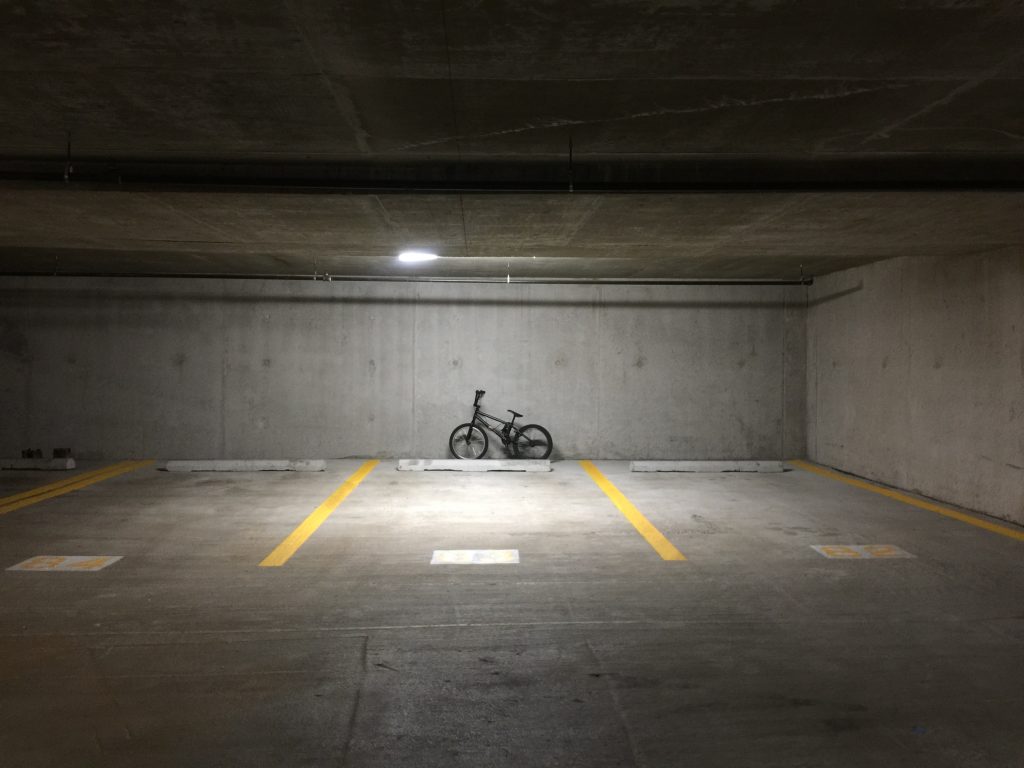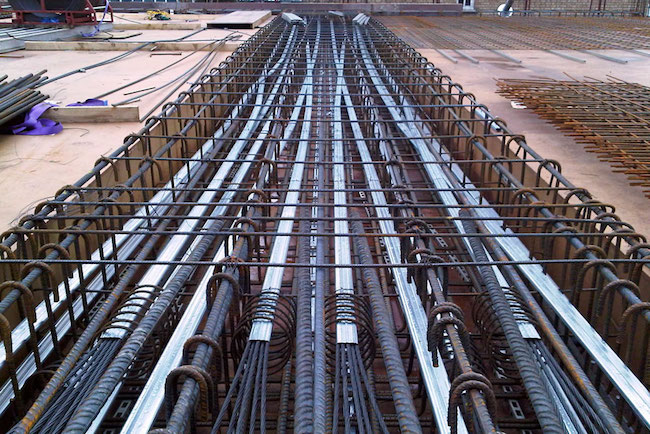Increase in innovation, advent of challenging and aesthetic design trends and increasing demands imposes the necessity of new construction technologies and its effective application. The 20th century architectural design of modern building structures requires the use of slender structural members, free from numerous supports and slabs. The most suitable solution for above requirements are the post-tensioning (Pre-stressed) of the structural elements. This results in much better building performance.

Bridges prestressed by tendons are successfully used worldwide for several decades. The emergence of the new technology and applications of imparting of calculated/predetermined stresses in the concrete members favors the challenging designs, more precisely – prestressed concrete. We can achieve quite large spans using pre-tensioned hollow core slabs or pretensioned beams/slabs.
Among this, flat plate structure design suits more to the commercial as well as residential projects. The elimination of dead ceiling height, height reduction of total structure, compatibility and easiness of MEP are the added advantages with this. The concept of post-tensioning in the raft slab design can also save a good volume of materials and economy.

The why and how
Nowadays, the post-tensioning systems are popularly used in major constructions of a structure. In post-tensioning, tendon is tensioned after concrete has hardened. Tendons are normally placed in a sheathing before casting and later after hardening of concrete. One can design the most economic and safe design by using post-tensioning method.
Post-tensioning systems require professionals with specialized knowledge to fabricate, assemble, and install. Due to site constraints or architectural requirements, the construction which is impossible can be done safely by the post-tensioning method.
In order to know benefits of post-tensioning, it is helpful to know a little bit about concrete. Concrete is very strong in compression and weak in tension. It will crack when there is a force act to pull it apart. In conventional concrete construction, if a load is applied to a slab or beam, the beam will tend to deflect of sag. This deflection normally occurrs near the bottom of the beam to elongate slightly.
We can consider post tensioning tendons as active reinforcement because it is prestressed. The steel is effective as reinforcement even though the concrete may not be cracked. Post tensioned structures can be designed to have minimal deflection and cracking even under full load case.
Use-cases for Post-Tensioning
Architects, Structural Engineers, General contractors, Real Estate developers and Owners incorporate post-tensioning systems in their projects in order to achieve economy, efficiency, quicker construction and lower lifetime cost of the structure because it enhances concrete strength under both compressive and tensile stresses.
There are many post tensioning applications in construction industry nowadays. In building constructions, it allows longer clear spans, thinner slabs, lesser floor to floor height, lesser weight.
Another advantage of post-tensioning is that beams and slabs can be continuous. Therefore it is the best system of choice for parking structures due to its high degree of flexibility in the column layout, span lengths and ramp configuration.
We can build bridges with very demanding geometry requirements using post tensioning. With post tensioning, we can also construct extremely long span bridges without the use of intermediate supports. In addition, we can construct stadiums using long clear span and very creative architecture. Moreover, post tensioning can help produce crack-free concrete for water tanks.
Benefits of Post-Tensioning

Material savings
- Thinner concrete member size hence reduction in concrete is approximately 20%
- Rebar in floor systems can be reduced to 60% to 75%
- Decreased dead load reduces rebar and concrete in columns and foundations.
- Reduction in building height decreases the cost of building cladding, vertical elements and rebar and concrete in shear walls
Quicker construction
- Potential pour cycle of 3-4 days
- Reduced re-shoring requirements
- Coordination with embeds and MEP openings
Increased performance
- Reduced deflection and vibration
- Improved crack control and water proofing properties especially beneficial for balcony and parking garages
- Improved seismic behavior
- Longer span and fewer columns give greater flexibility in floor layouts of offices/residential buildings.
Reduced lifetime cost
- Reduced building height also results in energy savings especially for office buildings
- Potential LEED credits for Green Building design and construction
- Lower overall maintenance and life cycle cost of the structure
Share your thoughts in comment section below.